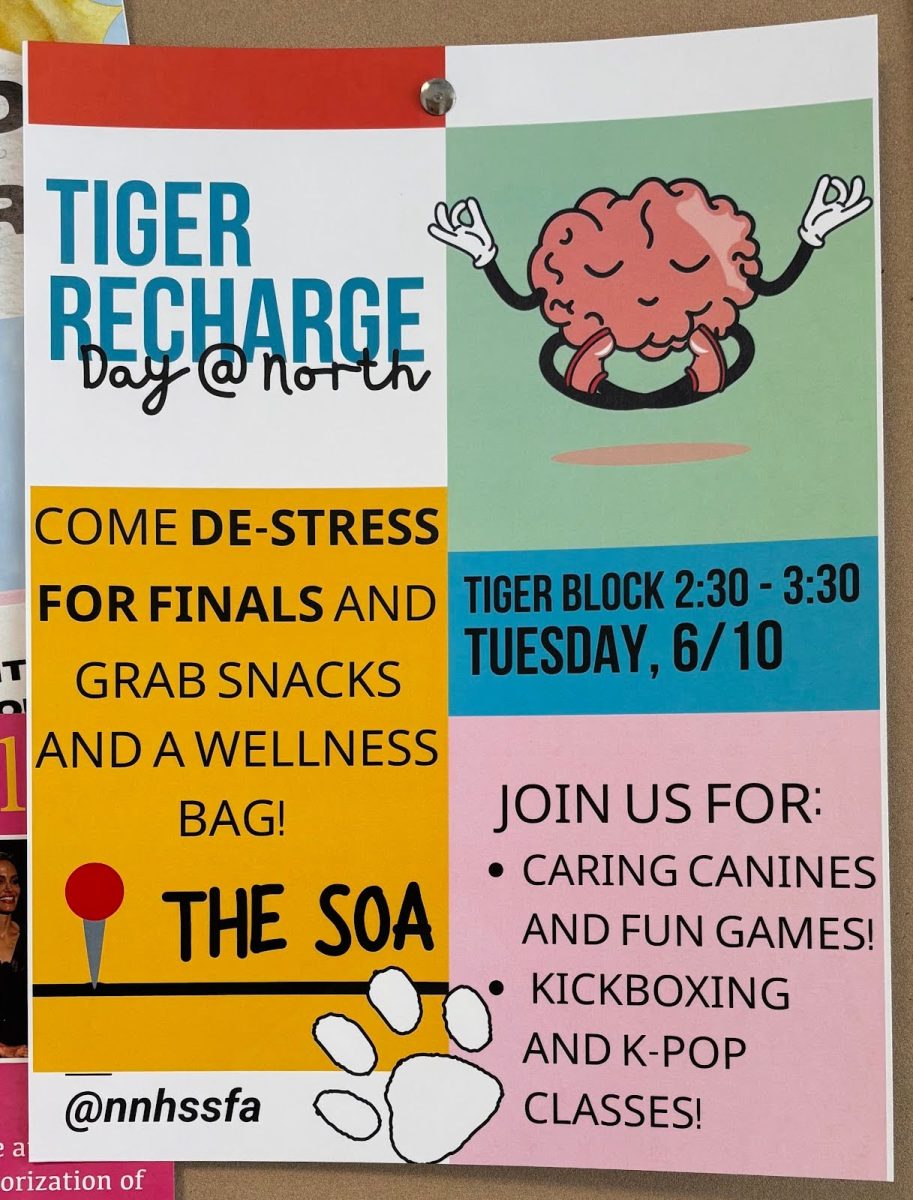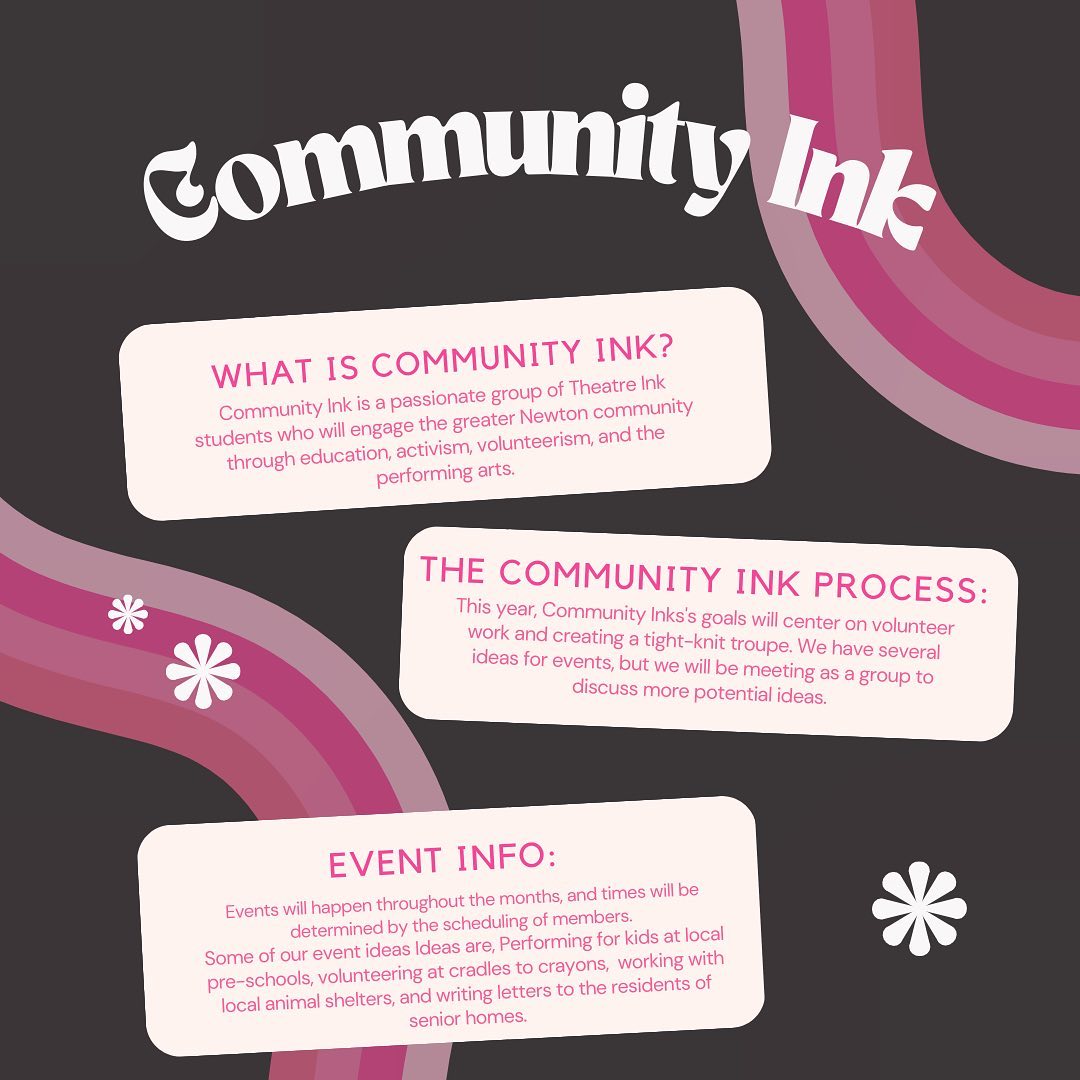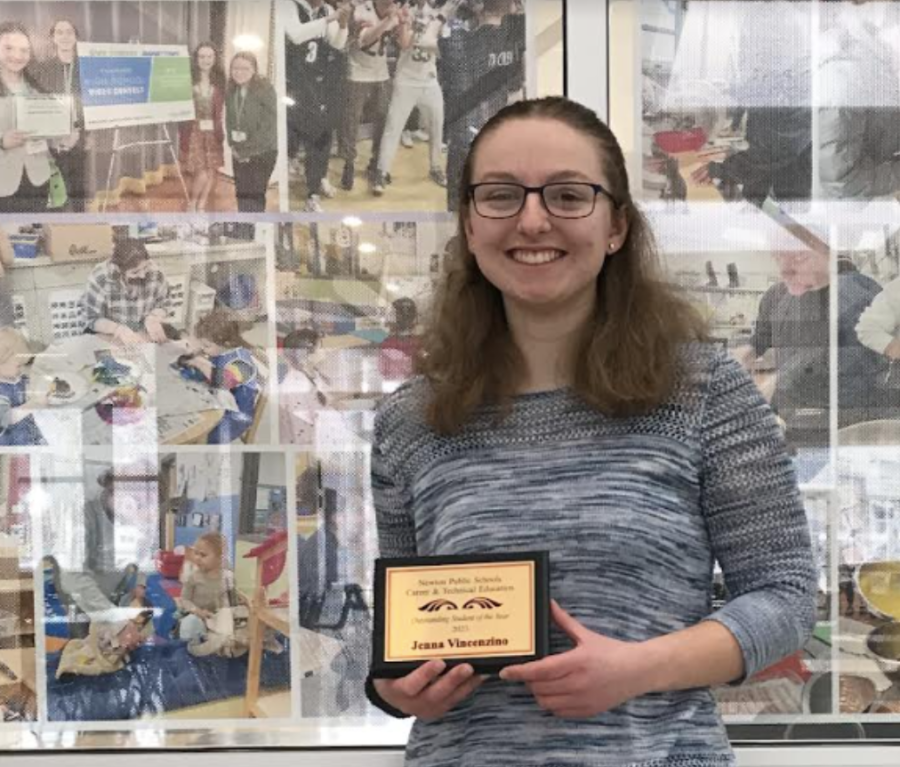by Alex Feit
“We need to get past the media and other filters to get to other perspectives,” said Dick Simon, a photographer and co-founder of the Peace Action Network, a group comprised of chief executives to help solve problems in conflict areas.
Simon, along with Jane Shattuc, a professor of visual and media arts at Emerson College and an author of several books about television including Television, Tabloids, Tears: Fassbinder and Popular Culture and The Talking Cure: Television Talk Shows and Women, spoke at the Lessons from Katrina Panel.
The panel began with Simon explaining why he thought people acted irrationally in the aftermath of Hurricane Katrina.
“People got scared and acted on internal prejudices,” he said. “It wasn’t necessarily outspoken racism, but it was what people felt insecure about.”
Simon explained that the words “they” and “them” are the most destructive words that can be used to refer to other people because they “lead to generalizations.”
He then presented a picture of a Rorschach blot, which is a randomly constructed ink blot meant to represent individual perspective. He explained that the images that would follow were “really a Rorschach test of prejudice.”
From then on, Simon displayed various pictures from his travels in the Middle East to show how one’s perspective and experiences can alter how he or she views a situation or in this case, a photo.
One picture displayed the wall separating the West Bank and Israel. Simon explained that for Israelis, the wall might represent safety and security, while to a Palestinian it may represent occupation.
The slide-show also noted how foreigners may have an ungrounded perspective of other places. When an American looks at a picture of a demonstration with Syrian men raising fists, he or she may think of it as a dangerous demonstration, Simon said. However, the picture is actually of a Mothers’ Day celebration.
“This made me realize how much we are bombarded by the media,” Simon said.
Simon also mentioned how he believes people can move past conflict when it is resolved properly.
“History is full of conflict but also reconciliation. If you think the situation will be bad, it will be,” Simon said.
He ended his part of the presentation by saying that we need to “recognize our own filters,” which cause stereotyping.
Shattuc began her presentation on the media frenzy after Katrina by asking, “How does media make sense of something when they have no idea how it happened?”
Television media, Shattuc believes, followed templates which lacked objectivity and placed emphasis on the “prominence of the visual over any kind of complexity.”
She then showed the panel a Fox News clip, which she said greatly exaggerated the amount of damage and chaos in the New Orleans Superdome in the wake of Katrina.
“This is what the military was relying on. In some ways, it was setting how the United States government and the people would respond,” she said.
She then criticized the news media in general, saying it only care about the news that makes profit rather than the news that people need to know.
“The television media needs to simplify things to appeal to a wide audience.”
This simplicity, she argued, makes the media resort to stereotyping and following a formula which turns every story into a melodrama. In her opinion, the only reliable news sources are long form sources.













































